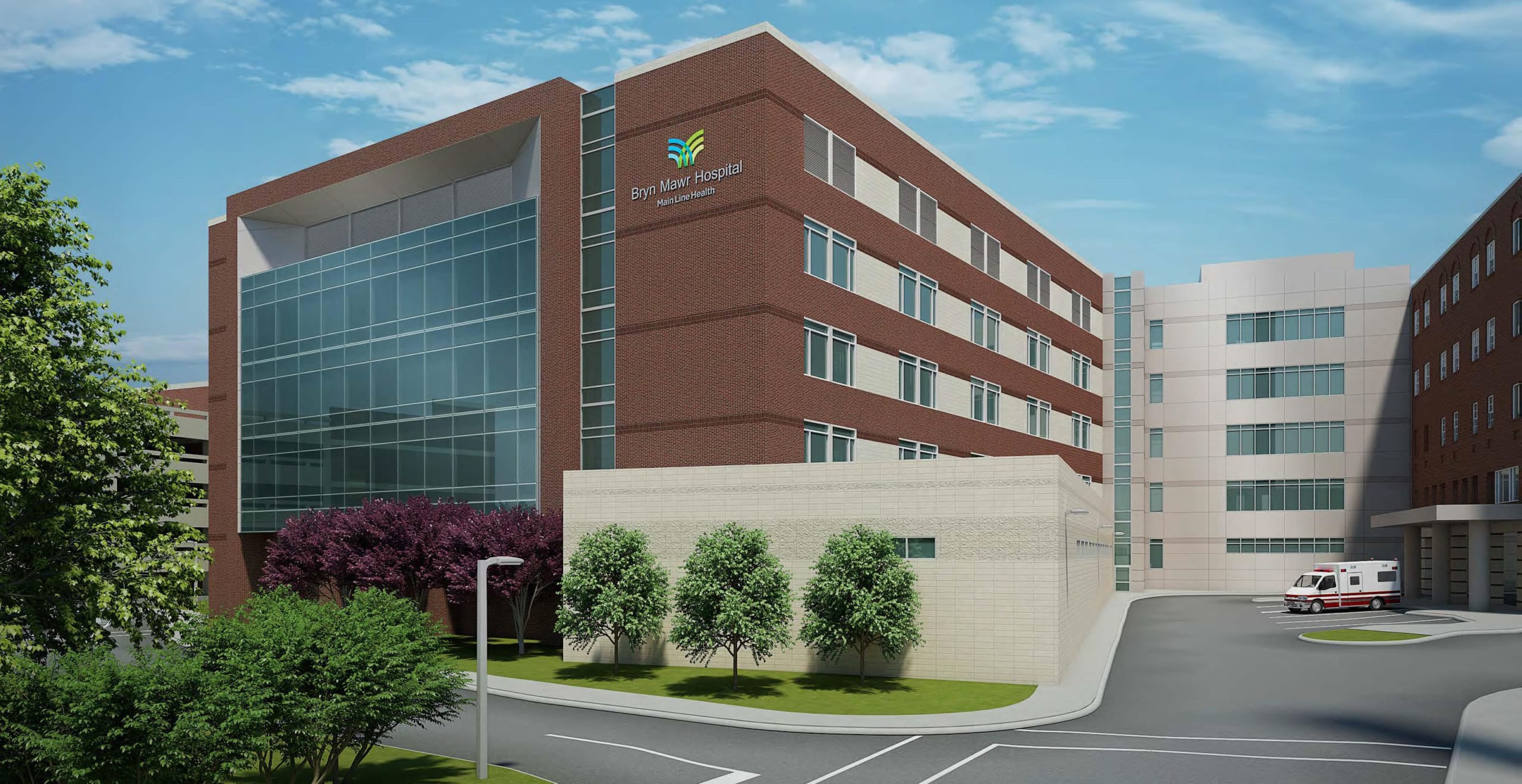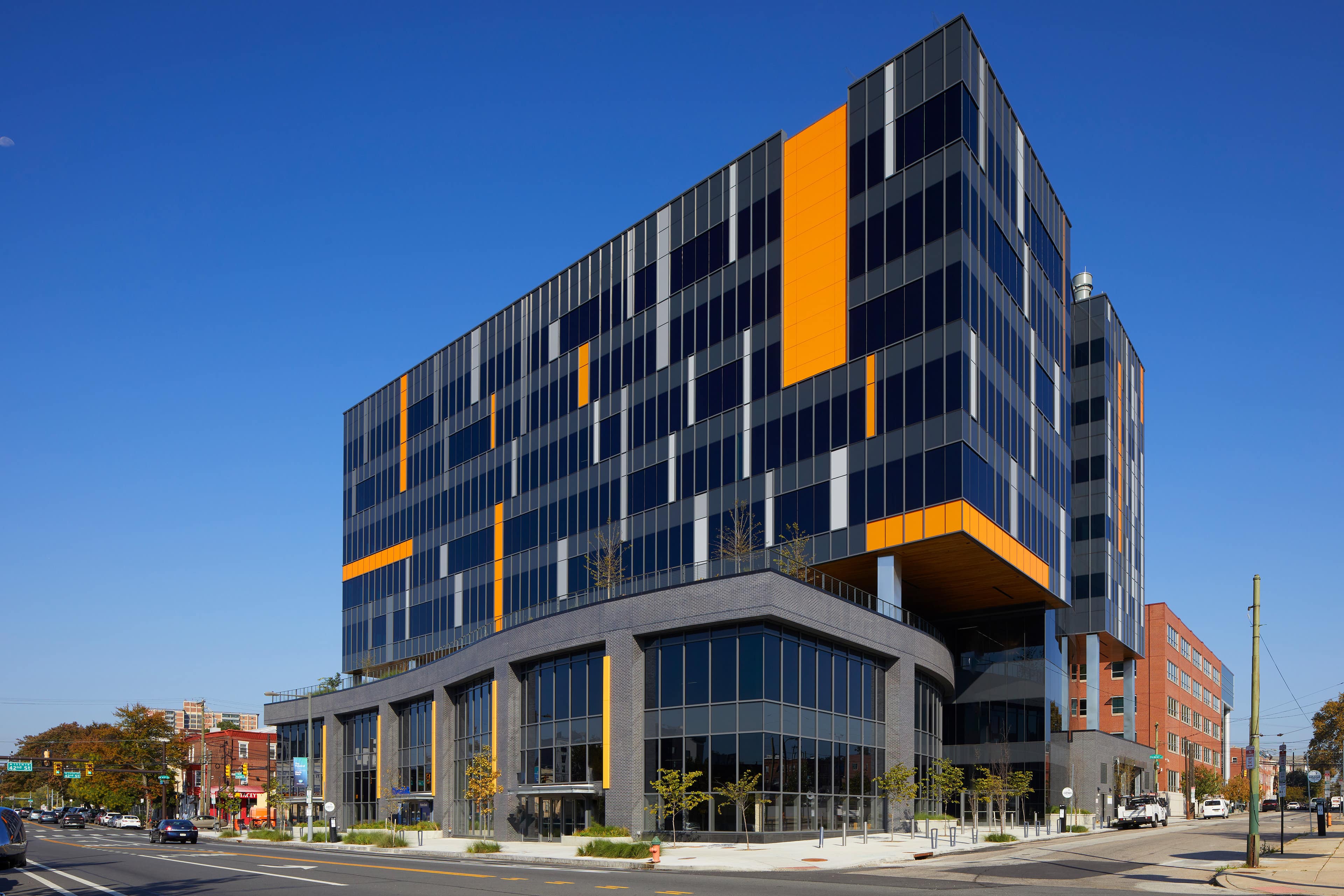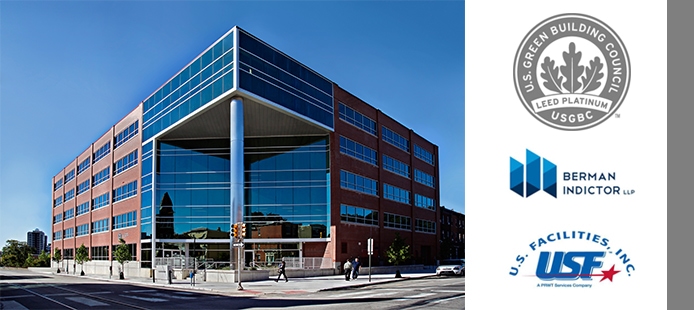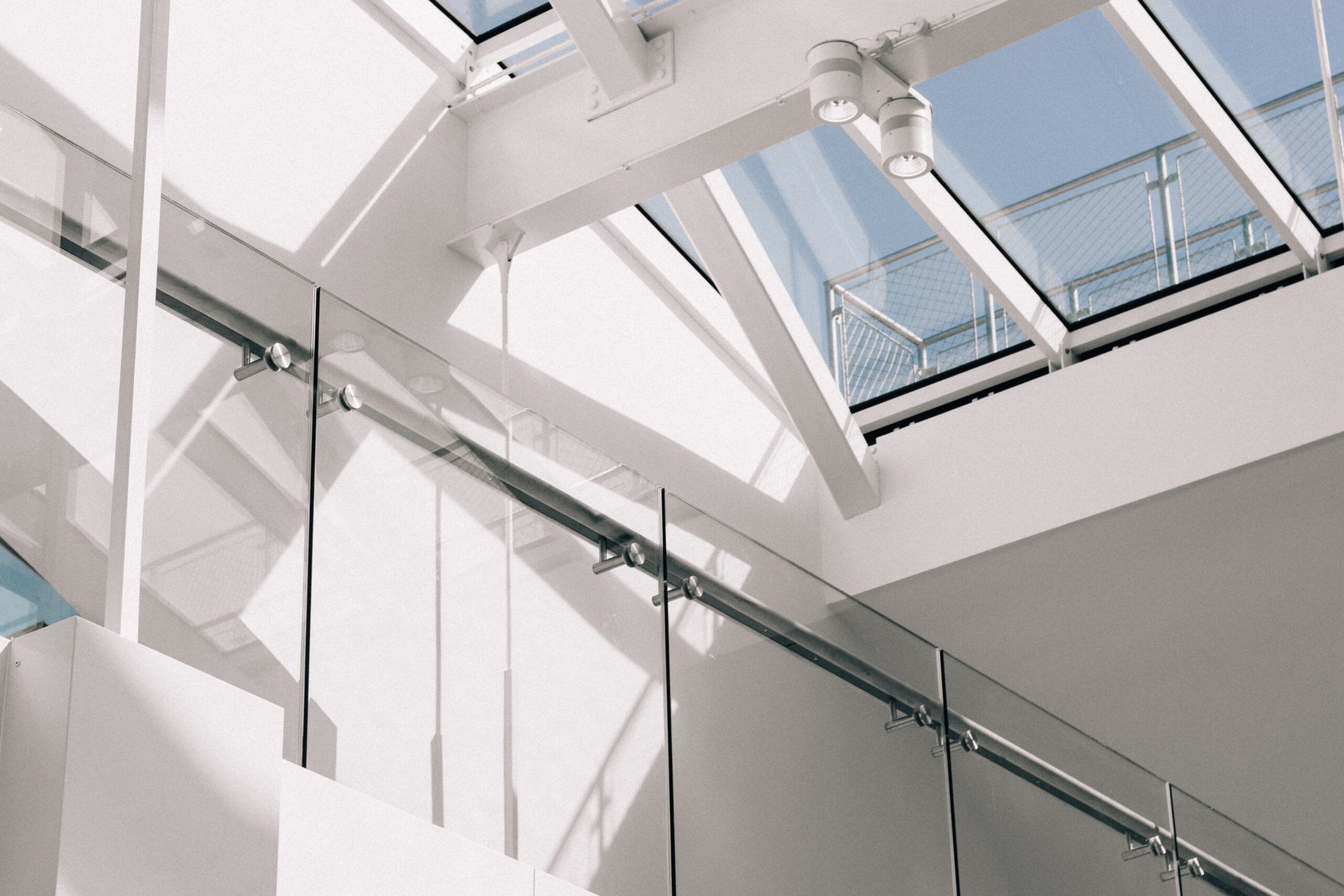
People usually expect thermal comfort in buildings. It drives us to build shelters, doesn’t it? Sheltering people from a cold, windy rainstorm is an easily grasped goal. Providing constant thermal comfort to our fellow humans is surprisingly complex, however.
First, let’s define thermal comfort. ASHRAE Standard 55 is one of the best approaches we have as designers. Even Standard 55 takes a hard left from objective measurements. There, thermal comfort is defined as a condition of mind that expresses satisfaction with the thermal environment. It is assessed by subjective evaluation. At best, 80% of occupants will be satisfied with a given thermal environment. Okay, but how do we predict whether our buildings and their mechanical systems are getting close to something that could be acceptable?
For that, there are well-understood, measurable properties of the environment. It goes way beyond “real feel” often heard on the weather forecast. We use reliable equations and preferred ranges backed up by decades of study with real live humans. To get it right, we consider not just air temperature, but five other properties. Those six variables interact in a complex manner. Further, if your occupants are going to be happy, there will be windows that drive change to at least one of the six variables.
The 6 variables are:
- Air Temperature
- Humidity
- Radiant Environment
- Air Speed
- Occupant Clothing
- Occupant Activity Level
It’s tempting to make assumptions about everything except air temperature, since air temperature is the variable we control most directly with the HVAC system. For many practitioners of the building art, that approach isn’t good enough anymore. We can measure, predict, and provide reasonable control of four of the six variables. Instead of guessing on occupant clothing level and activity level, we can make more-precise evaluations. For example, it’s rare that today’s office workers are at 1.0 met, a common assumption. We can predict how comfort changes over the course of each day and iterate effective solutions before a building is built. Not only does this reduce occupant complaints after the building is built, but it also reduces energy use and improves overall satisfaction. For example, providing employees a small fan to control airspeed, comfort in warm weather can be drastically improved with minimal hard cost and energy use. That satisfaction isn’t just a spring in someone’s step, its been shown to reduce costly employee sick days and turnover. It’s even shown to improve productivity. As you might imagine, those things are difficult to measure, so contact us to get into the nitty gritty for your project.
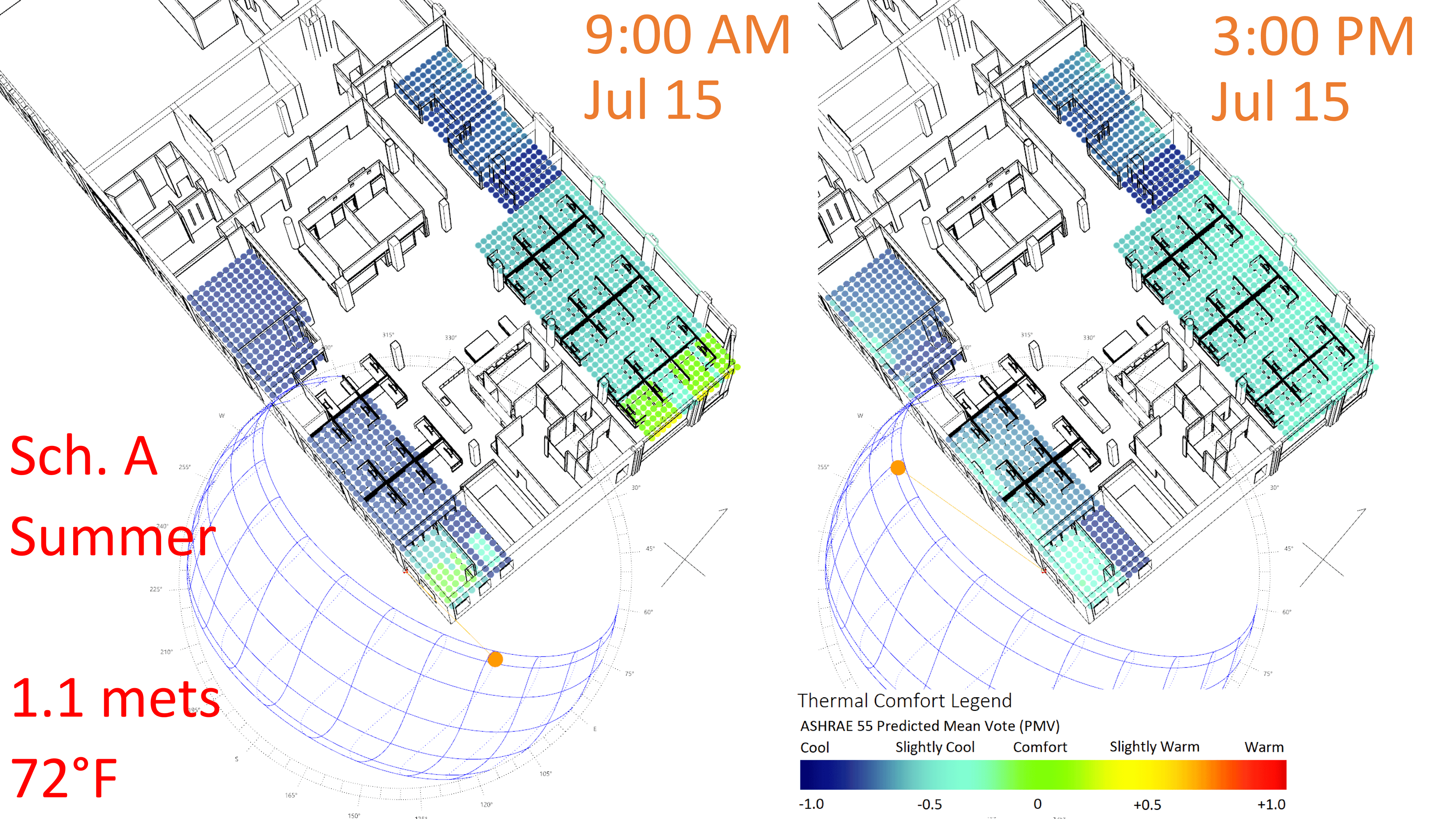
Scheme A: Activity level at 1.1 mets results in most parts of this office space feeling cool to occupants in summer.
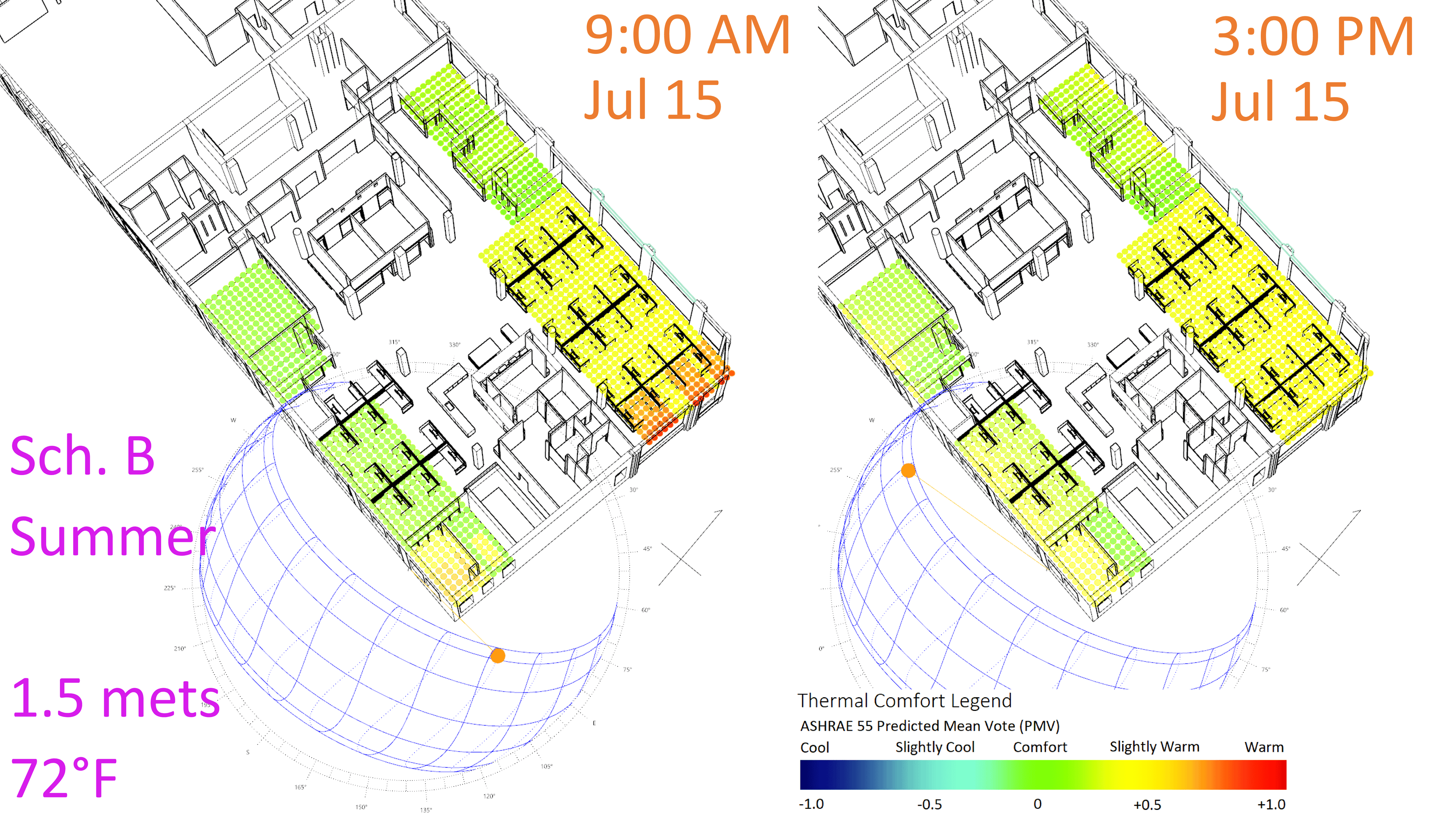
Scheme B: Activity level just a little higher at 1.15 mets results in most parts of this office space feeling warm or neutral in summer.



